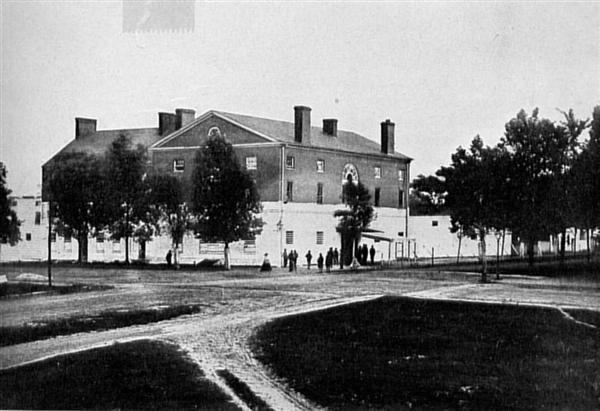Senate President Vacant | ||
 | ||
Members: 38 Senators183 Representatives4 Non-voting members | ||
The Fourteenth United States Congress was a meeting of the legislative branch of the United States federal government, consisting of the United States Senate and the United States House of Representatives. It met in the Old Brick Capitol in Washington, D.C. from March 4, 1815, to March 4, 1817, during the seventh and eighth years of James Madison's presidency. The apportionment of seats in the House of Representatives was based on the Third Census of the United States in 1810. Both chambers had a Democratic-Republican majority.
Contents
Major events
Major legislation
Proposed, but not enacted
Treaties
States admitted and territories organized
Party summary
The count below identifies party affiliations at the beginning of the first session of this congress. Changes resulting from subsequent replacements are shown below in the "Changes in membership" section.
Senate
During this congress, two Senate seats were added for the new state of Indiana.
House of Representatives
During this congress, one House seat was added for the new state of Indiana.
Senate
House of Representatives
Members
This list is arranged by chamber, then by state. Senators are listed in order of seniority, and Representatives are listed by district.
Senate
Senators were elected by the state legislatures every two years, with one-third beginning new six-year terms with each Congress. Preceding the names in the list below are Senate class numbers, which indicate the cycle of their election. In this Congress, Class 1 meant their term began with this Congress, requiring reelection in 1820; Class 2 meant their term ended with this Congress, requiring reelection in 1816; and Class 3 meant their term began in the last Congress, requiring reelection in 1818.
Changes in membership
The count below reflects changes from the beginning of the first session of this Congress.
Committees
Lists of committees and their party leaders.
